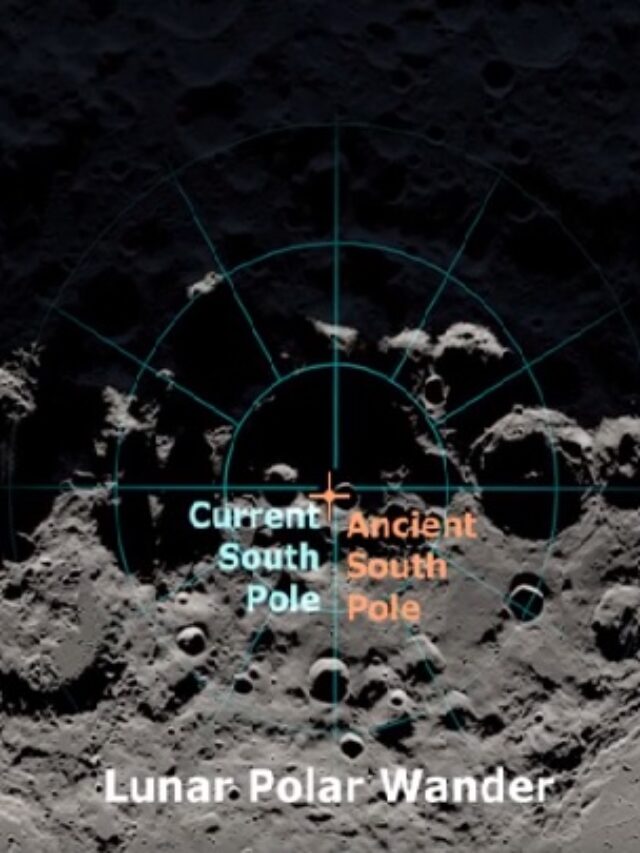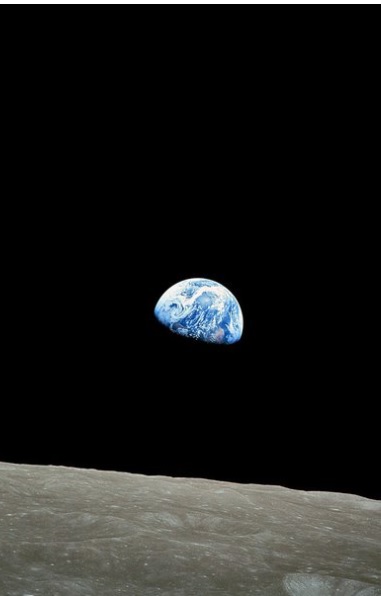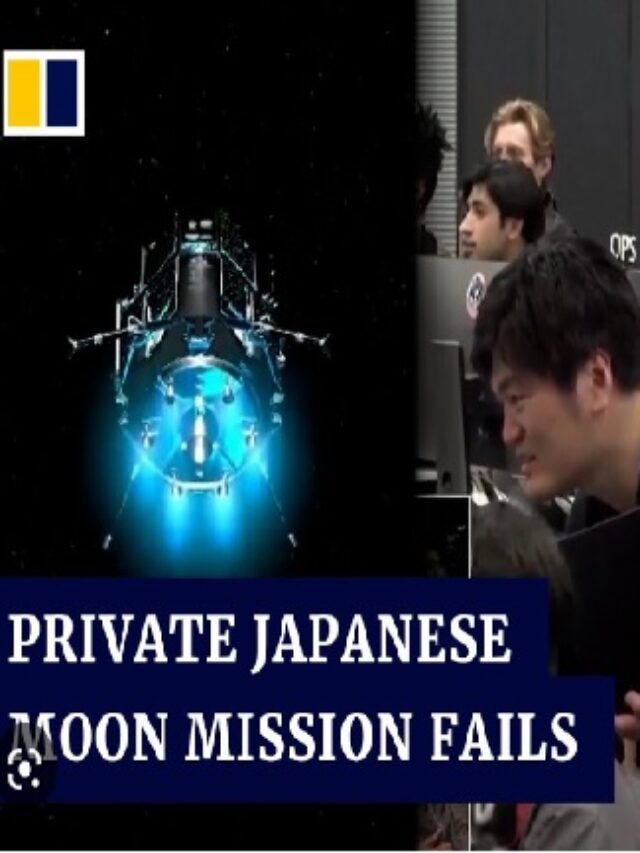Lunar Lander’s Glorious Eclipse Photo of Earth Before Demise.
The Hakuto-R lunar lander captured a stunning image of Earth just days before its apparent crash landing on the moon. The photo, reminiscent of the iconic “Earthrise” photo taken by Apollo 8, shows our planet perched atop the lunar horizon during a total solar eclipse. The image is a testament to the beauty of our planet and a reminder of the incredible technological achievements that made space exploration possible.
The Significance of the Photo

The image captured by the Hakuto-R lunar lander is not just a beautiful picture, but it holds immense significance for space exploration. The photo was taken during a total solar eclipse, providing a unique perspective of our planet from the moon.
The Beauty of Earth from Space

The image captures the stunning beauty of Earth from space. The planet is seen as a perfect blue marble, shining bright against the dark expanse of space.
The Lunar Horizon
The lunar horizon is an interesting feature in the photo, as it shows the curvature of the moon’s surface. This is a rare sight, as most images of the moon show only the surface.
The Moon’s Shadow
The image also captures the moon’s shadow passing over Australia, which was experiencing a total solar eclipse at the time. This adds another layer of interest to the photo, as it captures two astronomical events in one frame.
The Unsuccessful Mission

The Hakuto-R lunar lander was part of ispace’s Mission 1, aimed at commercial space exploration. Unfortunately, the mission was unsuccessful, and the craft crashed on the moon’s surface.
The Importance of the Data
Despite the failed landing, the mission provided valuable data for future lunar missions. The approach of the craft will help scientists and engineers better understand the moon’s surface and improve future landing attempts.
The Challenges of Space Exploration
The Hakuto-R mission highlights the challenges and risks of space exploration. The vast distances, extreme conditions, and unknown terrain make space exploration a complex and difficult endeavor.
The Future of Space Exploration
Despite the challenges, space exploration is a vital part of human progress. As technology continues to advance, we will be able to push the boundaries of what is possible and explore the depths of space.
The Moon as a Destination
The moon has always been an object of fascination for humans, and it remains a popular destination for space exploration. India, Russia, and SpaceX have lunar trips scheduled for later this year, and ispace is planning two more moon missions in the coming years.
The Legacy of the Photo

The photo captured by the Hakuto-R lunar lander will go down in history as a testament to human ingenuity and the beauty of our planet. Despite the craft’s demise, the image it captured will live on as a reminder of our place in the universe.
conclusion
In conclusion, the Lunar Lander’s Glorious Eclipse Photo of Earth Before Demise is a powerful reminder of the beauty and significance of space exploration. The photo captures our planet in a unique and stunning way, while the mission behind it highlights the challenges and risks of exploring the unknown. As we continue to push the boundaries of space exploration, we must remember the legacy of those who came before us and strive to leave our mark on the universe.
Also read this post for more updates: Breaking: Japanese Lunar Lander Loses Contact with Ground Control
Why Northern Lights aurora borealis shifted in the United States: A Natural Phenomenon Explained
Blue Origin Joins NASA for Space Tech Collaboration Round 2
Mars 1st Seismic Waves Confirm Liquid Core Existence
Runaway black hole births stars
FAQ
Q: What is the Lunar Lander’s Glorious Eclipse Photo?
A: It is a photograph taken by Japan’s Hakuto-R lunar lander that shows Earth during a total solar eclipse while sitting on top of the lunar horizon.
Q: When was the photo taken?
A: The photo was taken on April 20, 2023.
Q: What happened to the Lunar Lander after taking the photo?
A: The Lunar Lander apparently crashed into the moon’s surface on April 25, 2023.
Q: What was the purpose of the Lunar Lander mission?
A: The mission was part of ispace’s Mission 1, which aimed to represent the first commercial craft to touch down on the moon.
Q: Was the mission successful?
A: No, the Lunar Lander crashed during its descent towards the lunar surface.
Q: How far did the Lunar Lander travel to reach the moon?
A: It traveled 879,000 miles (1.4 million kilometers) to reach its position in orbit around the moon.
Q: What other space ventures have crashed on the moon?
A: The Beresheet probe, a joint venture between SpaceIL and Israeli Aerospace Industries, crashed into the lunar surface in 2019.
Q: What will the Lunar Lander’s approach provide for future missions?
A: The approach will provide valuable data for future missions to the moon.
Q: Who else has planned lunar trips in the near future?
A: India, Russia, and SpaceX have lunar trips scheduled for later this year.
Q: Will ispace plan more moon missions in the future?
A: Yes, ispace is planning to launch two more moon missions in 2024 and 2025